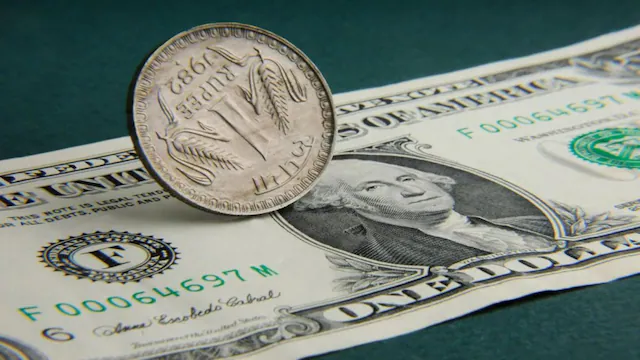Rupee Gains Strength Against Dollar Amid Trump’s Reciprocal Tariffs
The Indian Rupee has strengthened against the US Dollar, following the news of reciprocal tariffs introduced by former President Donald Trump.
These tariffs, which were designed as a response to trade policies from other countries, have impacted the global economy in various ways. The Rupee’s rise in value is a sign of how the Indian currency is reacting to these trade changes.
Reciprocal tariffs occur when one country imposes tariffs or taxes on another country’s goods, and the second country responds by imposing similar tariffs. This back-and-forth trade action often leads to economic shifts, affecting exchange rates and currency values. In this case, the US tariffs have influenced the currency markets, and the Rupee has gained strength as a result.
Several factors contribute to the Rupee’s improvement against the Dollar. First, investors might feel more confident about the Indian economy due to India’s trade policies or other domestic factors that create stability. The Indian government’s actions in responding to global trade tensions may have reassured the market, which is reflected in the stronger currency. Moreover, global traders often adjust their strategies based on geopolitical and trade-related developments, which also play a role in currency movements.
While the strengthening Rupee is good news for the Indian economy, it also presents some challenges. For example, a stronger Rupee could make Indian exports more expensive for foreign buyers, potentially reducing demand for Indian products abroad. On the other hand, it may benefit businesses that rely on importing goods and services, as a stronger Rupee lowers the cost of these imports.
Despite these mixed effects, the Rupee’s rise in value against the Dollar amid Trump’s tariffs shows how global trade tensions and economic policies influence currency exchange rates. As the situation continues to evolve, market players and policymakers will closely monitor these changes to understand their long-term impact on the economy.

